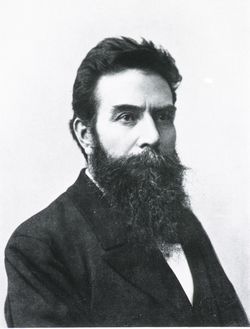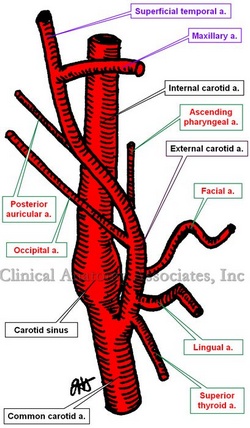This article is part of the series "A Moment in History" where we honor those who have contributed to the growth of medical knowledge in the areas of anatomy, medicine, surgery, and medical research.

Prof. Wilhem-Conrad Roentgen
Wilhelm Konrad Roentgen (1845 - 1923). A German physicist, Professor Roentgen started studying Physics at the University of Ultrech, and receiving his degree from the University of Zurich. Having observed fluorescence on a paper covered with barium platinocyanide close to an active cathode ray. Suspecting the presence of "invisible rays", he devised an experiment to prove this.
On November 8, 1895 he confirmed his theory and called these invisible-to-the-eye emissions "X"-rays. He also observed the action of these "X"-rays on photographic plates, and that these rays could traverse through the human body, showing the bones. In fact, the first "roentgenogram" was an image of his wife's hand. If you hover over Professor Roentgen's image, you will see an depiction of this historic image. This image marks the beginning of the science of Radiology.
Professor Wilhelm Konrad Roentgen received many awards, medals, and recognitions. In 1901 he was awarded the Physics Nobel Prize.
Sources:
1. http://www.nobelprize.org
2. "The origin of Medical Terms" Skinner, HA; 1970
Both original images (1) and (2) are in the public domain and courtesy of the National Library of Medicine.
Thanks to Megan Ohse for suggesting this article







